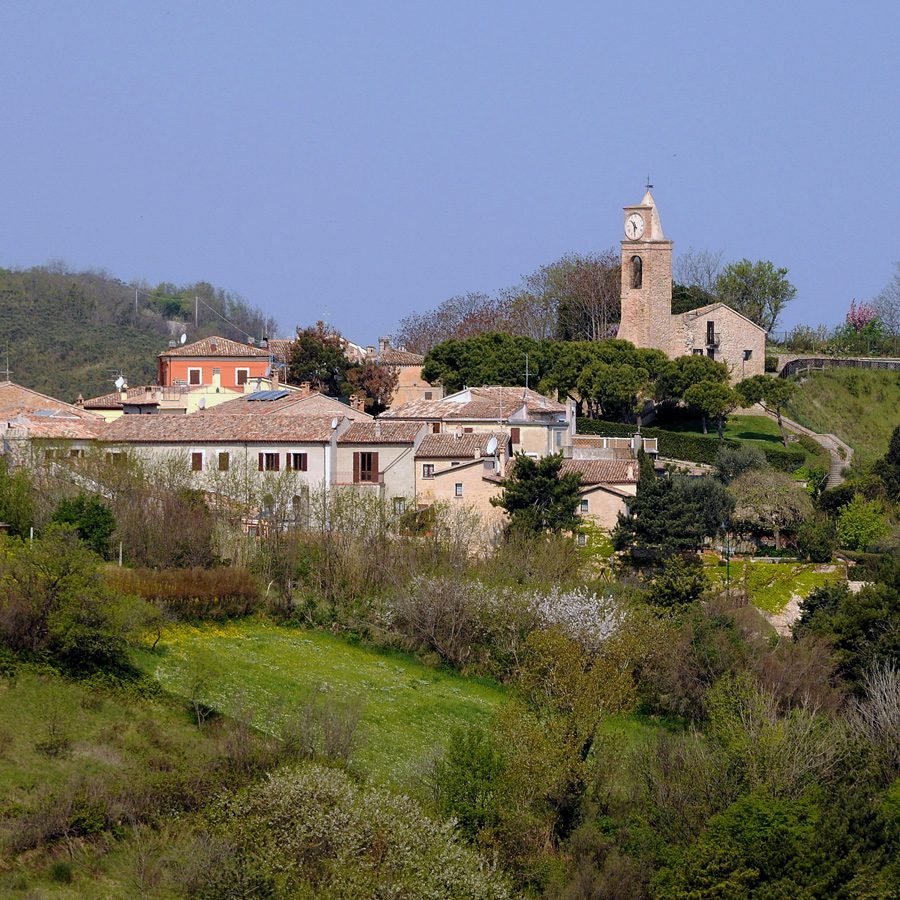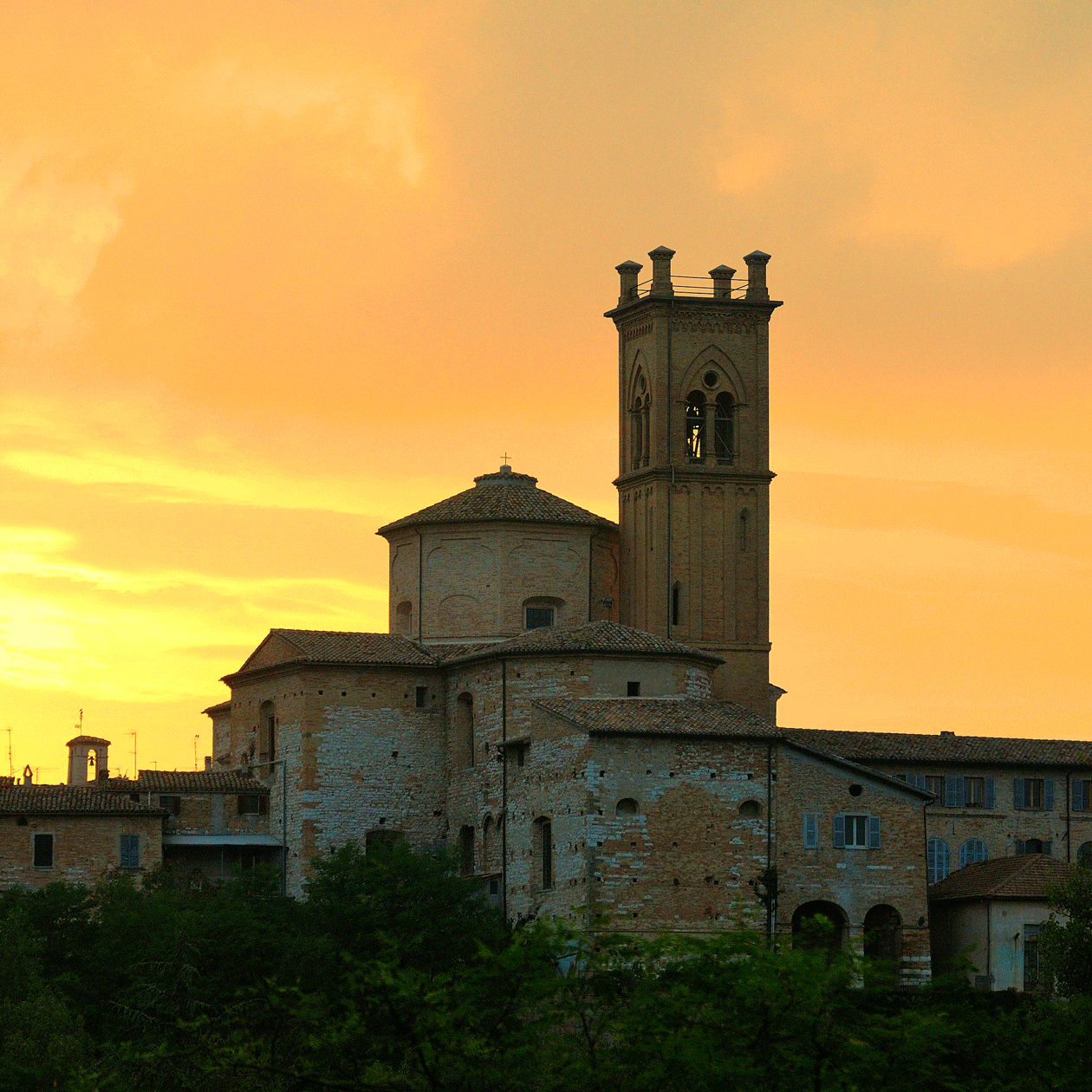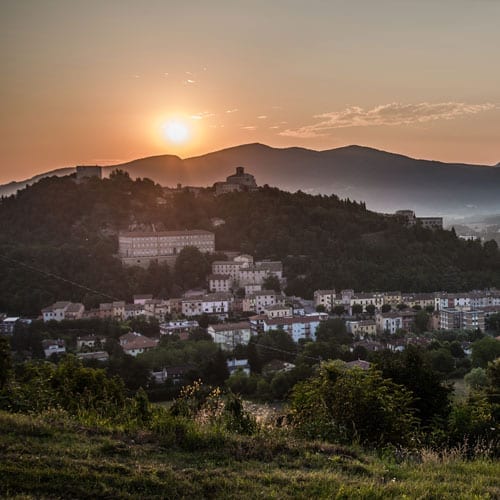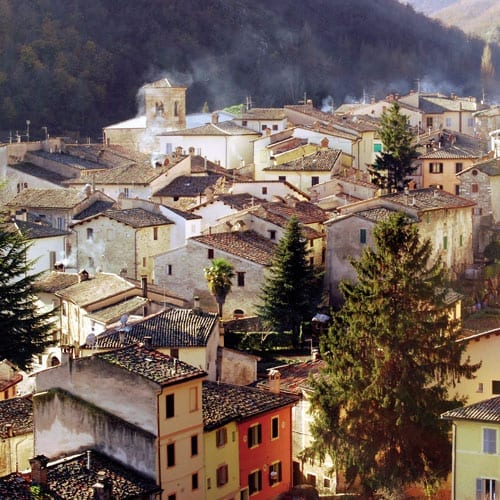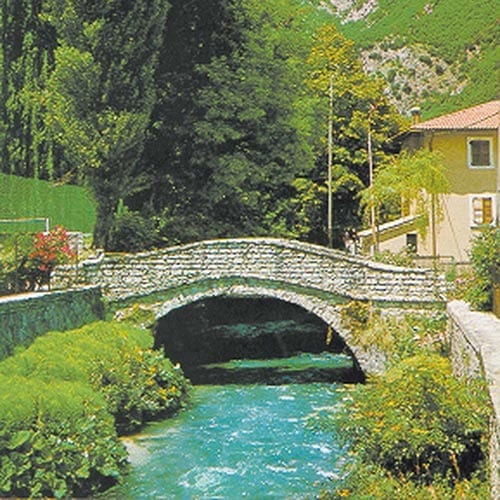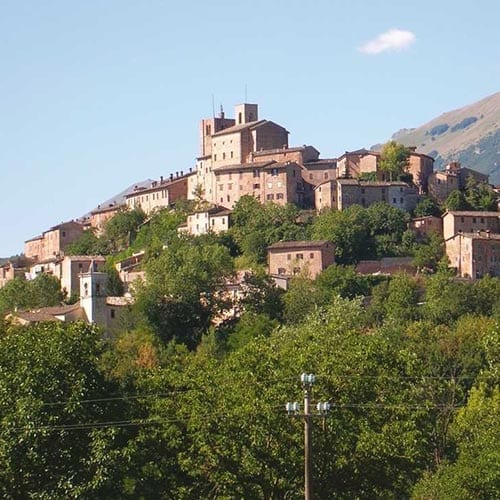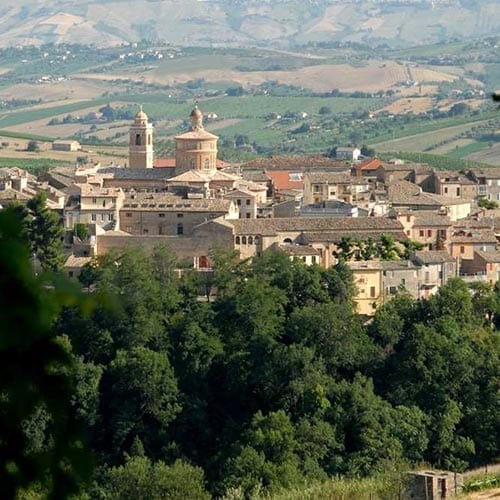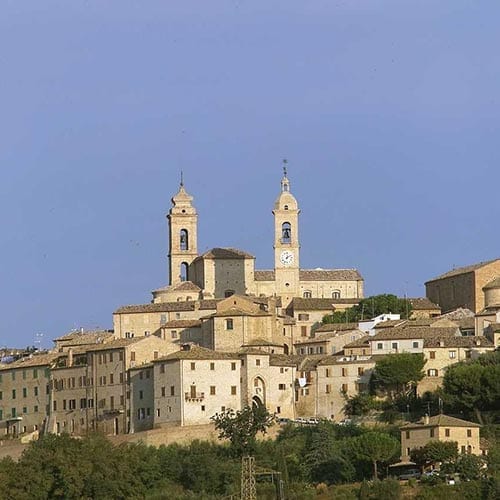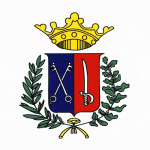 Mercatello sul Metauro
Mercatello sul Metauro
Mercatello sul metauro
(Province of Pesaro-Urbino)
Altitude
mt. 429 a.s.l.
POPULATION
1361
tourist information
IAT Office
Piazza Garibaldi
+39 346 5148444
turismomercatellosulmetauro@gmail.com
www.comune.mercatellosulmetauro.pu.it
 The Name
The Name
The name Mercatello means “small market”, in ancient times it was the place where, twice a week, the market was held and people from the surroundings used to gather.
Our Lady is the iconographic subject that reigns supreme in the profusion of sacred images produced in the territory of Mercatello sul Metauro. Visiting the churches of Mercatello is an artistic and anthropological journey through the Marche region. “Poor people” – grew up among Franciscan foundations, Capuchin monasteries, spiritual exercises, feats of saints, devotional figures, dressed up little Madonnas (like the one carried in procession on the day of Pentecost since 1781) – posed the problem of the meaning of life, to which many generations have always given the same answer: faith. Whether or not it is an answer, the white butterflies that shine in the sky at the entrance to Mercatello seem to know it.
The ancient parish church of San Pietro d’Ico, which later became a collegiate church of Saints Peter and Paul, is the building around which the Borgo of Mercatello sul Metauro was built. The evidence of the Romanesque construction of the tenth century and the Gothic reconstruction of 1363 can be seen only on the outer walls, while the façade is a remake of 1927 on Romanesque lines. In the large basilica, consecrated in 1730, stands the Immaculate Mary painted shortly before his death in 1556 by Raphael del Colle, one of the last students of Raphael Sanzio.
In the presbytery of the church of San Francesco (13th-14th centuries) the Crucifix of 1309 by Giovanni da Rimini (a pupil of Giotto) hangs from the ceiling, one of the ten most important Gothic crucifixes in Italy, where the lesson of Giotto is mixed with the decorative style of Ravenna. In the museum set up in the sacristy, everything is represented: from the Rimini painters of the fourteenth century to local schools active until the fifteenth century, from the Renaissance period to the season of the Counter-Reformation and Mannerism. Not to mention the wooden sculpture, present with works of the school of local craftsmanship of which were the expression in the fifteenth century Antonio Bencivenni and his son Sebastian. Among the many works that deserve attention, the Baptism of Jesus by Claudio Ridolfi from Verona (1612), the Annunciation by Urbinelli and the three Madonnas by Guerrieri.
The Church and Museum of San Francesco contain works of considerable value such as the Crucifix (1309) and the polyptych (1365) by the Rimini school, frescoes by Umbrian-Marche artists, tables by Pandolfi and Guerrieri.
In the small church of San Sebastiano, inside an urn, the precious simulacrum of the Dead Christ of the late thirteenth century is kept. Here you can also admire the Miracle of the True Cross by Giorgio Picchi.
Among civil buildings, worth to visit are the Monte di Pietà, founded in 1516, stands out with its original 16th century interior design, the 17th century Palazzo Gasparini and the late 19th century town hall.
The Metauro river flows under the three-arched Romanesque bridge.
Of particular interest in the collegiate church is the Madonna delle Grazie, a rare icon of Romanesque-Byzantine art from the 12th-13th centuries.
The ancient walled hamlet of Castello della Pieve, which stands on a hill overlooking the valley, is particularly pleasant.
The typical product of the area are the “tacconi“, similar to tagliatelle, a handmade pasta made with eggs, wheat flour and broad bean flour. Truffles are also a speciality that you cannot miss to taste.
The “Palio del Somaro” is held in July, a competition of skill on nice donkeys that involves the whole country in a fun challenge between cantons.
From June to October there is the festival “Music and Music”, a container of musical peculiarities ranging over various genres, in the beautiful frames of the old town and the Church of San Francesco.




